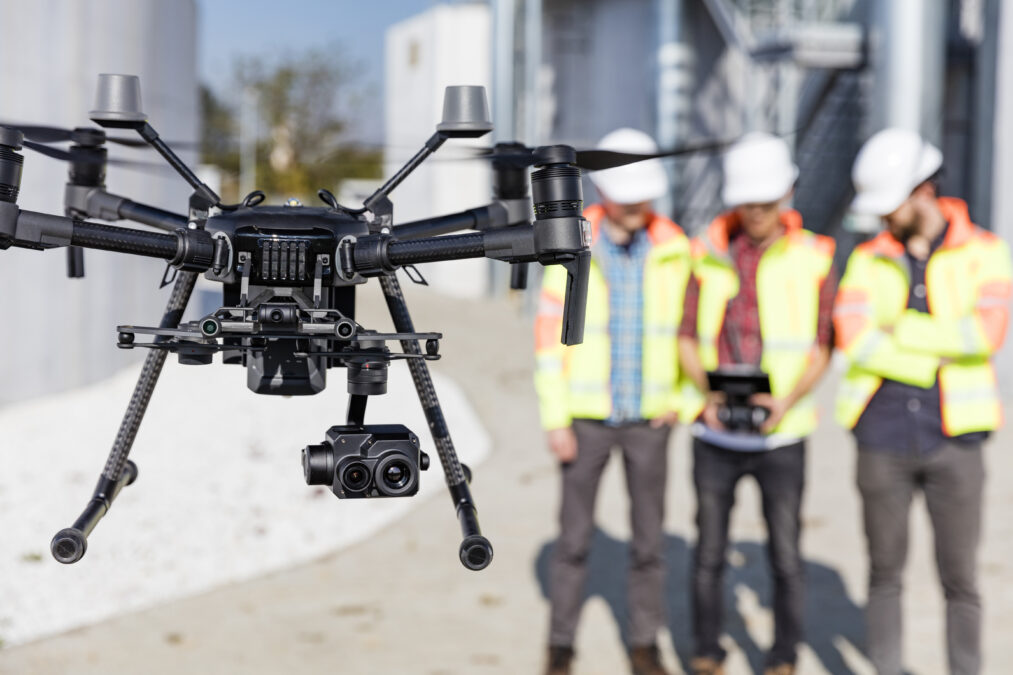Up until recently, artificial intelligence (AI) and machine learning (ML) have relied on the cloud to prosper and bolster operations. But edge devices powered by AI has emerged in recent times as a viable alternative with its own benefits for organisations, including latency, and a go-to when data protection considerations prevent storage of data within a central space.
Consulting and digital services provider Reply has been exploring how organisations can drive value from edge AI, helping clients to choose the best edge devices for specific needs, with projects encompassing machines such as autonomous mobile robots, and drones.
“We’ve been at the forefront of this area for a long time now, working in an array of sectors including manufacturing, automotive and financial services,” said Mike Ellerton, partner at Go Reply.
“While this was mainly proof-of-concepts three or four years ago, the last 12-18 months have seen a real acceleration of practical implementations.”
Ellerton identified the following notable developments that Reply has overseen in the space:
- Automotive and last-mile capabilities: The organisation has been helping automotive companies to improve autonomous driving capabilities, as well as aiding development of smaller vehicles for last-mile delivery. A new edge AI lab was recently opened to facilitate this.
- Face covering recognition for public transport: Clients in the transport sector have been looking to leverage an AI-powered face covering recognition, to audit the amount of passengers wearing face coverings and aid initial COVID-19 response. To address possible privacy concerns, the system was developed without an image storage capability.
- Work in IoT: A focus on IoT data collection, powered by AI, is being practiced. Reply’s IoT labs help clients with digitalisation, predictive maintenance and connectivity, among other pain points.
Safeguarding data
According to Reply’s research into edge AI, an advantage of leveraging AI-powered edge devices, as opposed to a cloud-centric service, is improved safeguarding data for users. This comes down to the absence of a data transfer mechanism, and more efficient sorting of the data.
“Centralised cloud tools has been known to cause challenges for our clients, around processing, transmitting and storage of different types of data,” explained Ellerton.
“Some types of data may not necessarily need to be stored centrally, and what the data may represent may not require transfer into a central location, nor may the user want the data to be stored here.
“Using edge devices, we can get into the nitty gritty, which shows how long the data will be held, the type of storage on the device, and whether it’s in memory, committed to a log file or in local storage.”
Having this information on hand helps to gain trust from the user in the infrastructure, when it comes to the security of the data, an aspect that is crucial in a world of rising and evolving cyber attacks.
How IoT is driving industrial innovation
Research conducted by Reply explores the growth of IoT within the industrial market. Read here
Autonomous mobile robots
A particularly prominent area of edge AI that Reply has found to bring value to organisations is autonomous mobile robotics, with design thinking, methodology and agile approaches being applied to identify viable automation processes. The company has found that tailor-made sensors and devices mounted onto moving objects can effectively disrupt operations in work spaces such as warehouses and hospitals.
While he believes 5G could bolster centralised data storage, Ellerton said that local storage on edge devices will lead to more intelligent decision making: “These devices are getting more powerful every day. This improved processing capability is happening down on the robots, and will address concerns around safeguarding of data, as well as making decision making faster and more complex.”
With the aid of computer vision and advanced machine learning models, decisions can be made accurately in near-real time, with less latency than centralised approaches.
Drones for business
Additionally, edge AI has been powering drones, allowing for faster fault detection in areas where human employees may not be able to reach. This can alleviate safety concerns where it may be too dangerous for workers to access areas, but an important task needs to be undertaken.
“People seem to think of drones as these annoying things that fly over your house, but they appear in many different formats these days, including mobile and static,” said Ellerton.
“The commonly small size of these machines lends them well to detailed inspection of underground chambers, for example: a drone can more easily enter spaces while causing less disruption to the working environment.
“There is also a high level of automation, which can drive productivity, performance and reliability as this intelligence continues entering these devices.”
AI capabilities situated on the edge, including those in autonomous mobile robots and drones, look set to continue evolving and making completion of tasks easier for teams within various industries. You can find more information on Reply’s research into edge AI, here.
This article was written as part of a paid-for content campaign with Reply










